The 30/30 rule is the ultimate 'reality check' for your home – here's how it cuts clutter and stops overconsumption
Pro organizers love this eco-friendly decluttering technique
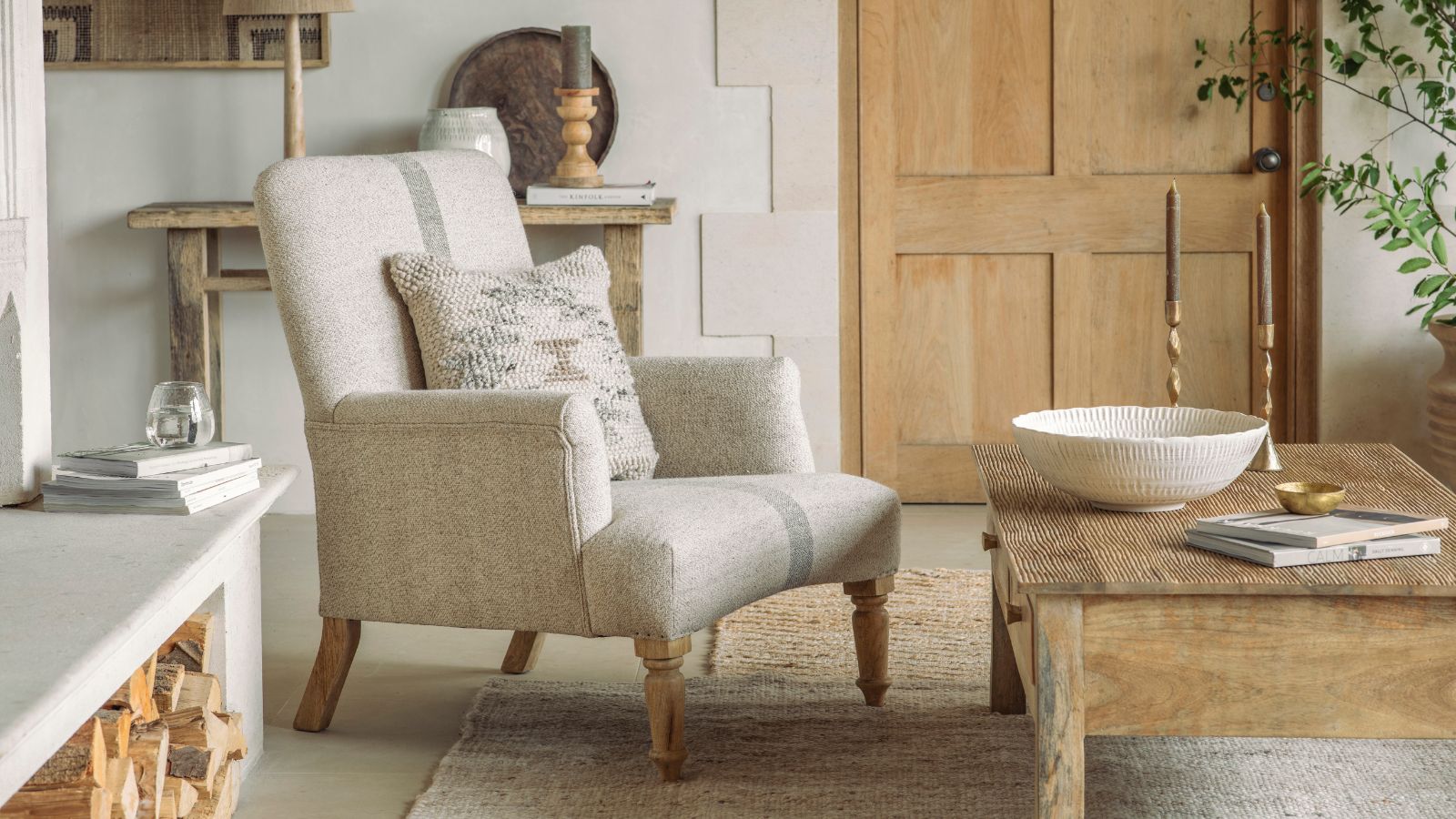

Most of us are guilty of holding onto items 'just in case'. As a result, we forget about the belongings we have, lose items and end up repurchasing to fill the gaps. This is why the 30/30 decluttering rule is a brilliant 'reality check' for your home.
Our organizing experts say it will help curb your clutter problem and decrease the risk of over-consumption, too, making it one of the best decluttering tips – here's how to easily utilize this handy rule in your space.
The 30/30 decluttering rule
Audra George, professional organizer and owner of Pretty Neat explains, ‘To use the 30/30 decluttering method, ask yourself if you had to buy this item again, is it readily available to be purchased in 30 minutes or less and is the actual value worth $30 or under? If you answer yes to these questions and you do not use the item anymore, then do yourself a favor and let it go.’
This is a more intense version of the more lenient 90/90 decluttering rule.
Audra continues, ‘This is a great rule to give a clear perspective on the value of an item and helps to make decisions easier when organizing and decluttering.’
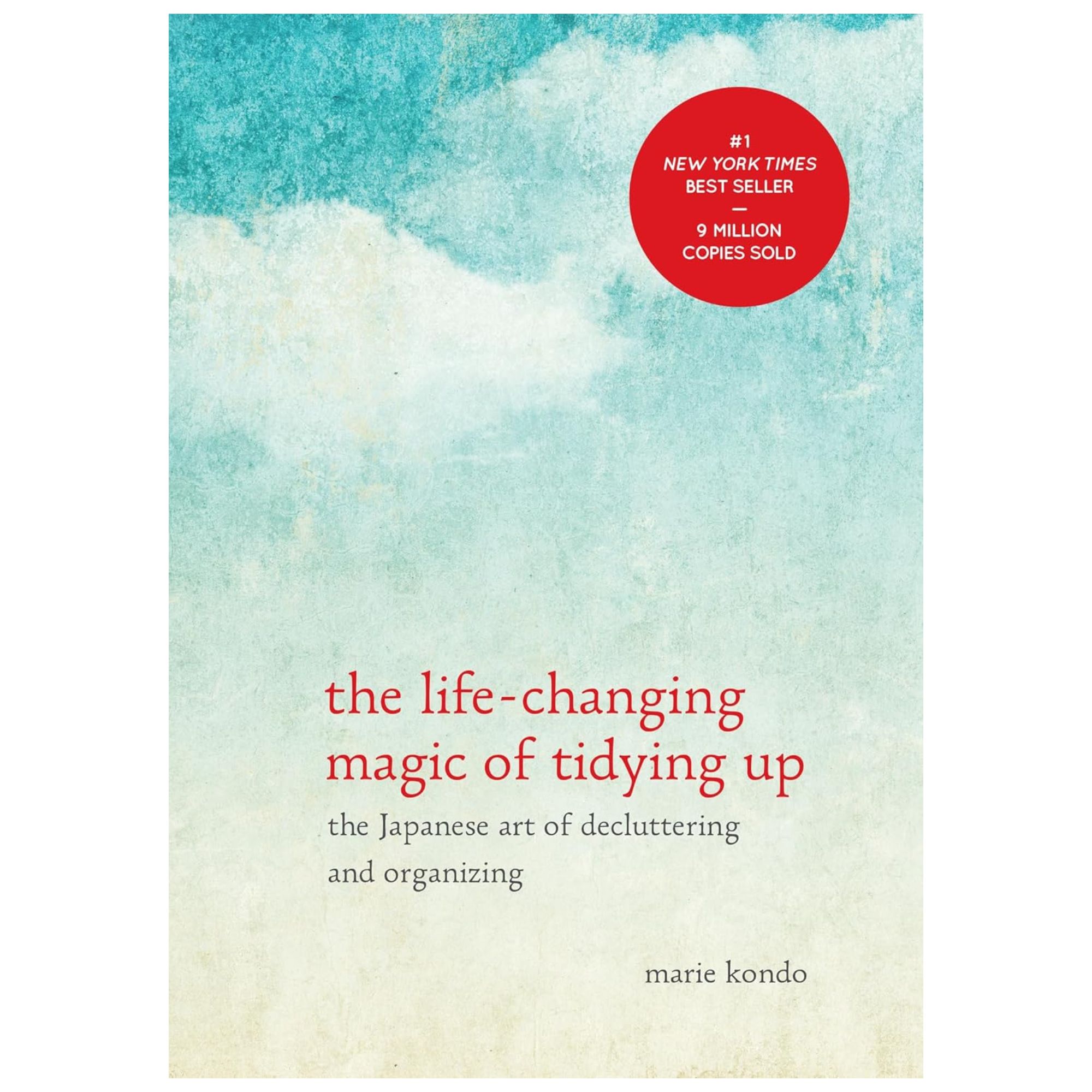
Focusing on the positives and 'sparking joy' to make monumental changes to the way your home functions, this bestselling decluttering book fundamentally changed how Solved news writer Ottilie Blackhall saw organizing, and it could do the same for you.
The 30/30 rule acts like a reality check for your home – if you haven't used something in the past month and won't in the next, you're storing memories, not necessities.
Cara Palmer, home organization expert and founder of Organize Every Room, says, ‘At its core, this rule creates a realistic timeframe for evaluating belongings – long enough to account for seasonal items, but short enough to prevent indefinite "just in case" home storage. Focusing on actual usage patterns rather than emotional attachments helps reduce waste and overconsumption.’
Overconsumption has become increasingly common, with more and more people buying and using more items than they actually need.
This is not only bad for the environment, but can also be stressful to deal with. Audra agrees, adding, ‘Clutter has been known to be linked to heightened mental overwhelm, anxiety, depression, and the like. Overconsumption also contributes to debt where people spend more than they need and even buy duplicates of items.’
How to use the 30/30 rule in your home
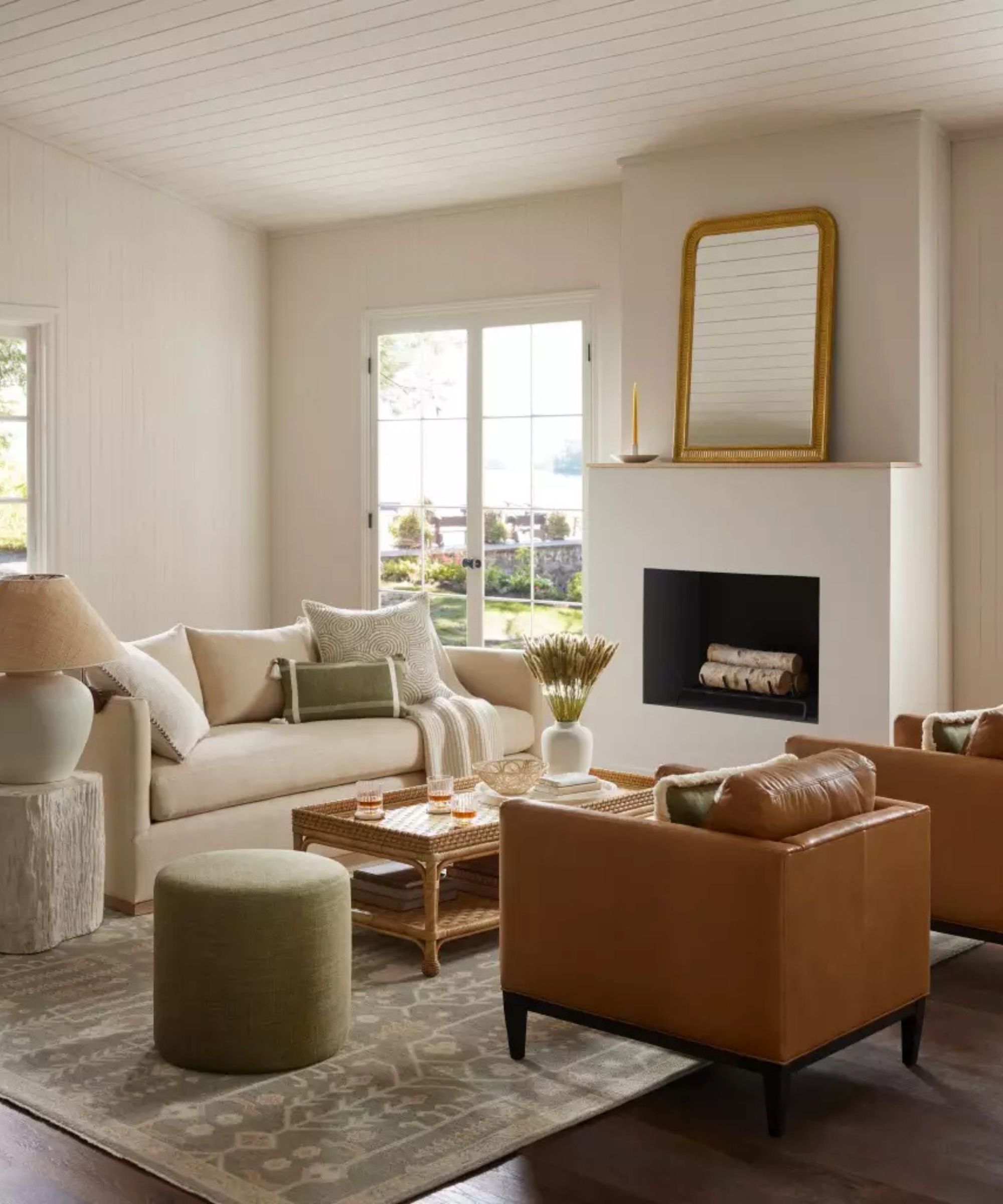
The next time you are struggling to decide what to declutter or need to be more ruthless when decluttering, try the 30/30 rule out.
It’s also worth considering the same questions when purchasing items to avoid overconsumption. Audra adds, ‘What you allow into your home is just as important as what you declutter.'
If an item costs more than $30, ask if you can live without it for the next 30 hours (or 30 days if the item costs more than $100). If you can, step away and come back to it after the allotted time you are still thinking about it.
While the 30/30 decluttering rule can be used to declutter a whole house, there are three locations in particular that this method works brilliantly in:
1. The pantry
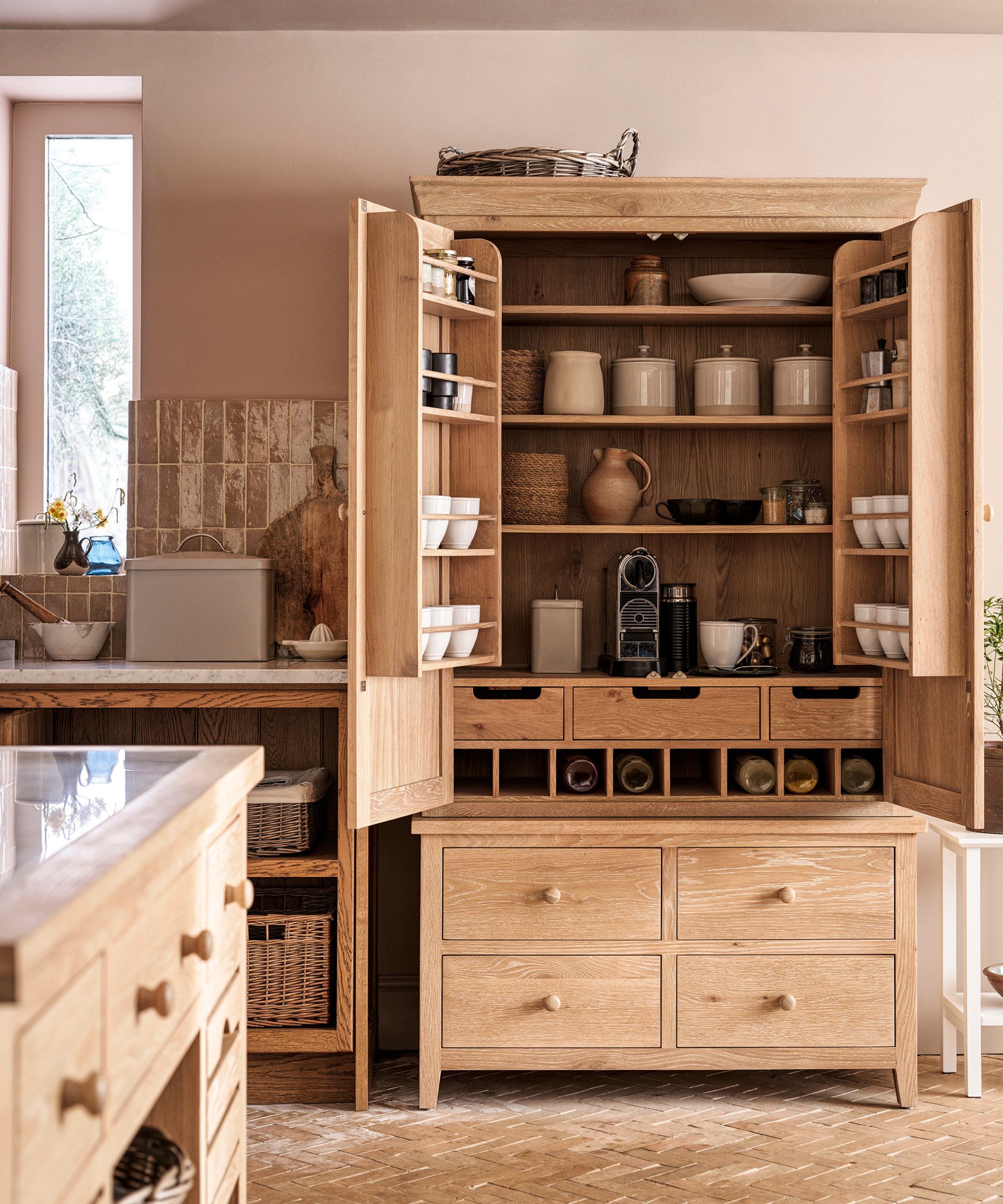
Cara Palmer begins, ‘The 30/30 rule to declutter a pantry or declutter a fridge helps identify forgotten items and prevent food waste. For example, if you haven't opened that specialty sauce in the past month and don't plan to use it soon, it's better to donate it while it's still good rather than let it expire.’
I like to store sauces and spices in plastic boxes such as the Oannao storage bins from Walmart, as they make it easy to pull items out of the pantry and see exactly what’s in there.
If you have a lot of canned goods, the Simple Houseware can organizers from Amazon are also clever kitchen storage ideas, as the cans easily roll to the front when you take one out to help you keep tabs on stock.
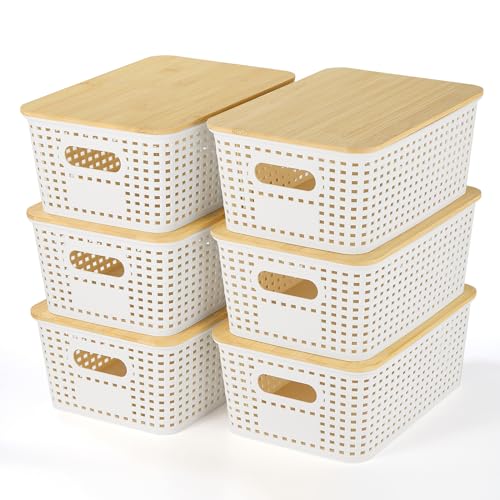
Baskets with handles make organizing shelves and pantries easier, as you can pull all of one type of item out at a time to check stock.
 Pack of seven
Pack of seven
Keeping food fresh helps avoid waste. These tight-seal food clips from OXO seal half-empty food bags to prevent spills (and pests) while keeping food fresher for longer.
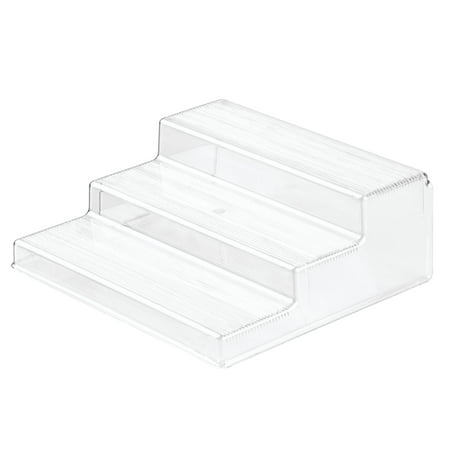
Avoid smaller bottles and cans being lost at the back of deep shelves with shelf risers, helping you see everything and use it up in good time.
2. Closets
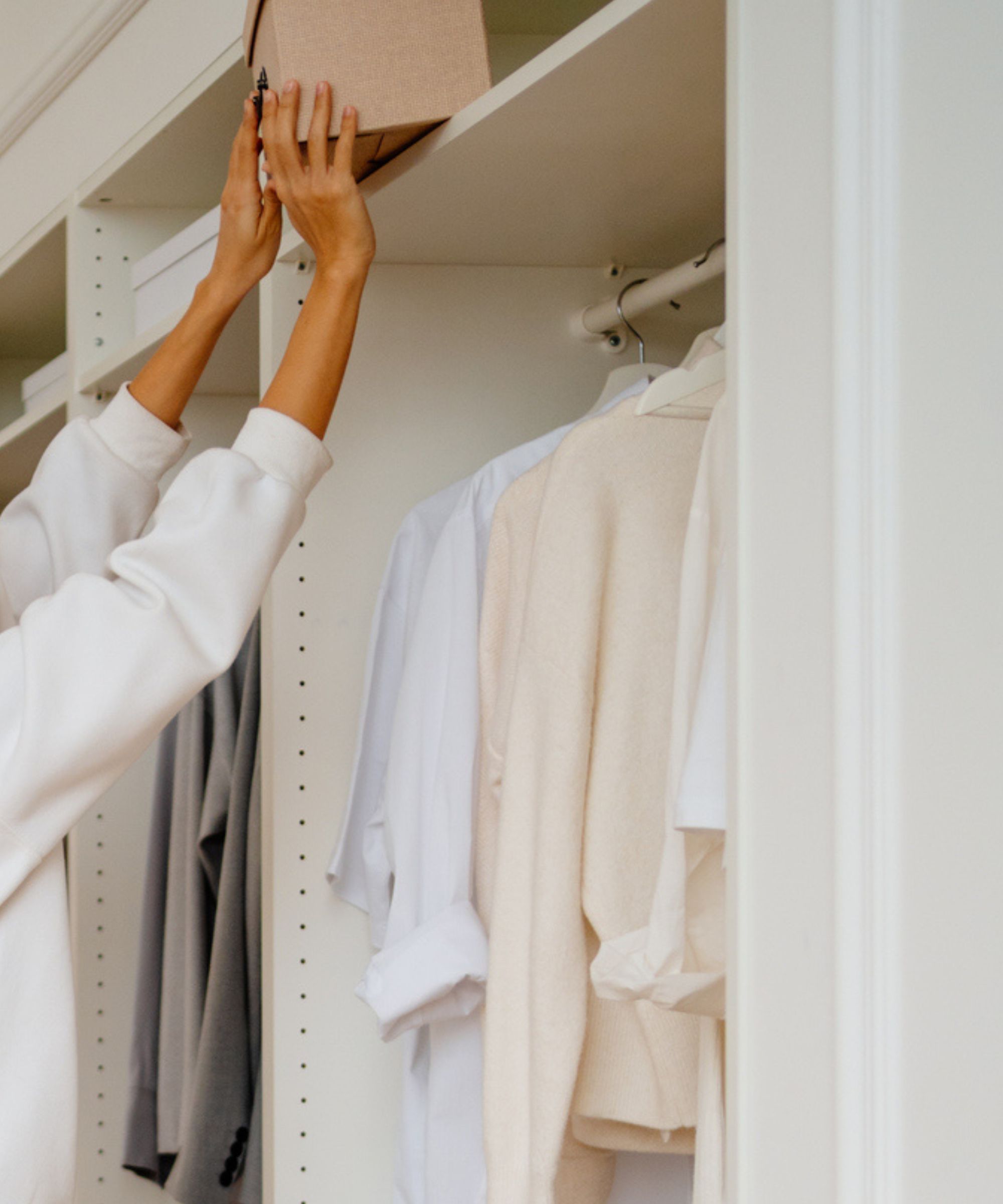
I always find organizing the closet one of the most difficult tasks, as I get too attached to my clothes. Cara says that using the 30/30 rule is a great way to stop holding onto rarely-worn garments.
She explains, ‘You can identify seasonal items worth keeping while letting go of aspirational purchases that haven't been worn in months. This prevents the common cycle of buying new clothes while unused items occupy valuable space.’
Once you’ve sorted out what you don’t want to keep and have set them aside to donate (either to loved ones or to stores like Goodwill), you can then organize your clothes properly.
I’m a fan of using velvet hangers, as they take up less space than wooden and plastic ones. Plus, the material allows clothes fabric to grip on easily. I’ve been using the Amazon Basics velvet hangers for two years and love how budget-friendly yet durable they are.
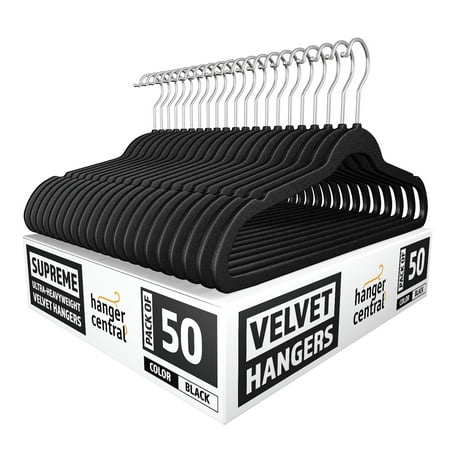
Slimline velvet coathangers are a closet organizer professionals always buy. They do not take up space on the rail, so you can fit more in awkward spaces, and stop clothes falling off onto the floor to keep a closet tidy.
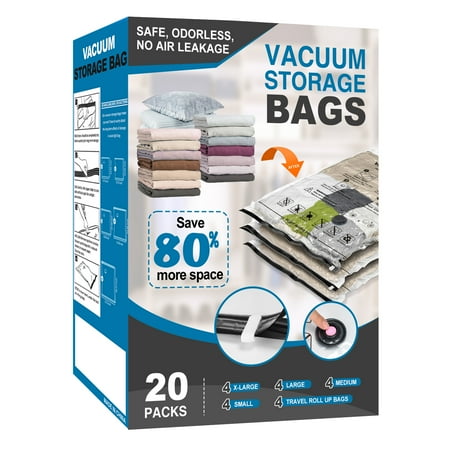
My second closet organizing essential is vacuum bags, helping to store winter clothes properly when summer rolls around to avoid bulky sweaters taking up all my seasonal storage.

Underbed storage ideas are a great way to make the best use of every inch of space. These bags with clear lids make it easy to see everything at a glance so you do not forget or lose anything.
3. Drawers
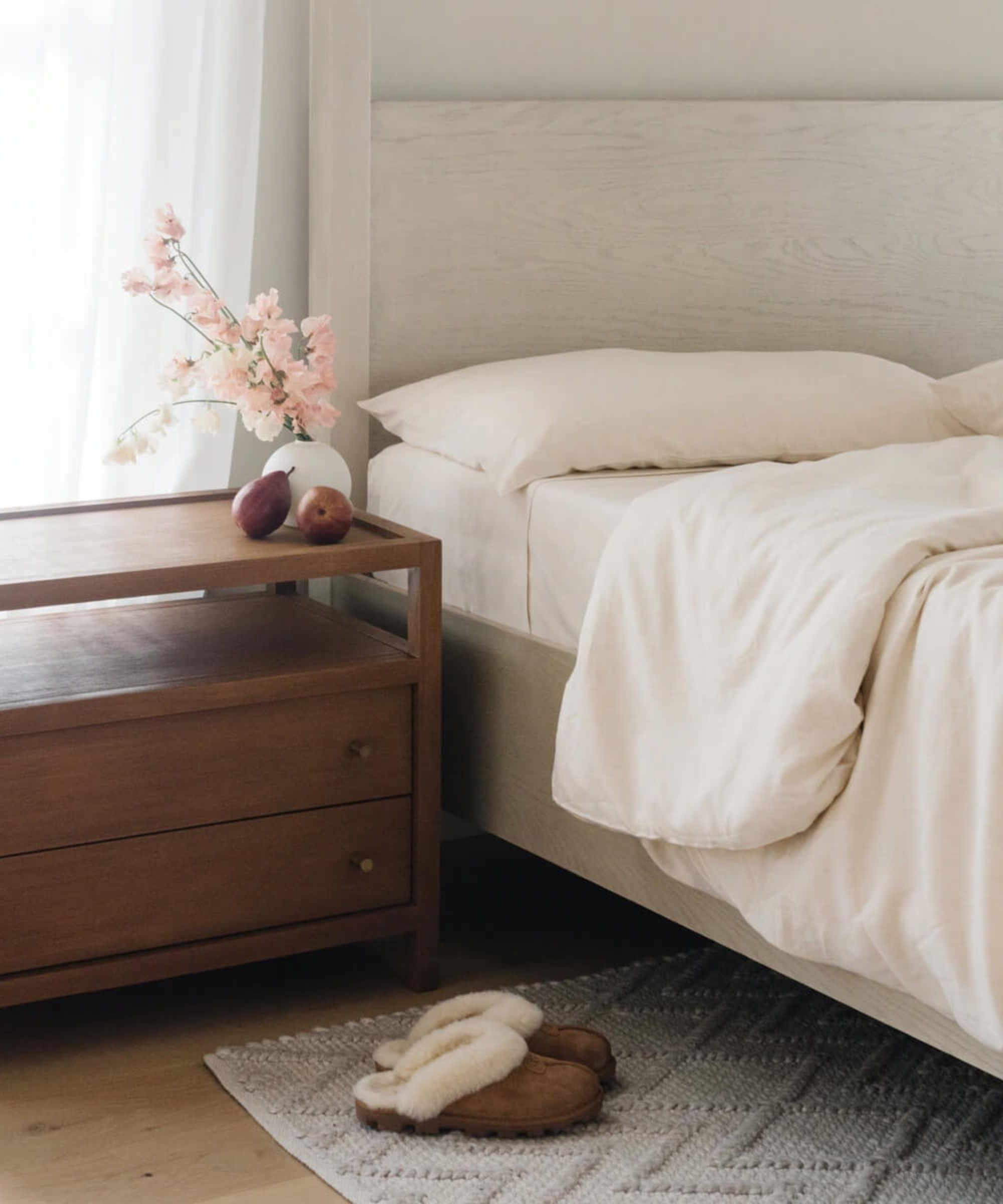
It can be easy to fill drawers with duplicate items. I can’t count the number of times I’ve bought batteries while out, only to find a fresh box in the junk drawer when returning home.
Audra George says, ‘Go through each drawer and see how many of each item you have. Declutter what you can to create more space and simplicity.’
Pairing the 30/30 decluttering rule with the CHAOS decluttering method, where you empty every drawer to see everything in a glance, can help you be more brutal when clearing clutter.
I’ve got the Vtopmart clear plastic drawer organizers from Amazon in my basket after hearing Homes & Gardens’ head of solved Punteha van Terheyden recommend them. The pack comes with a variety of boxes of different sizes, so they can be slotted into different-sized drawers. I think they’ll make it a breeze to see what I have at a glance, so I won’t impulsively overbuy items.
What to shop
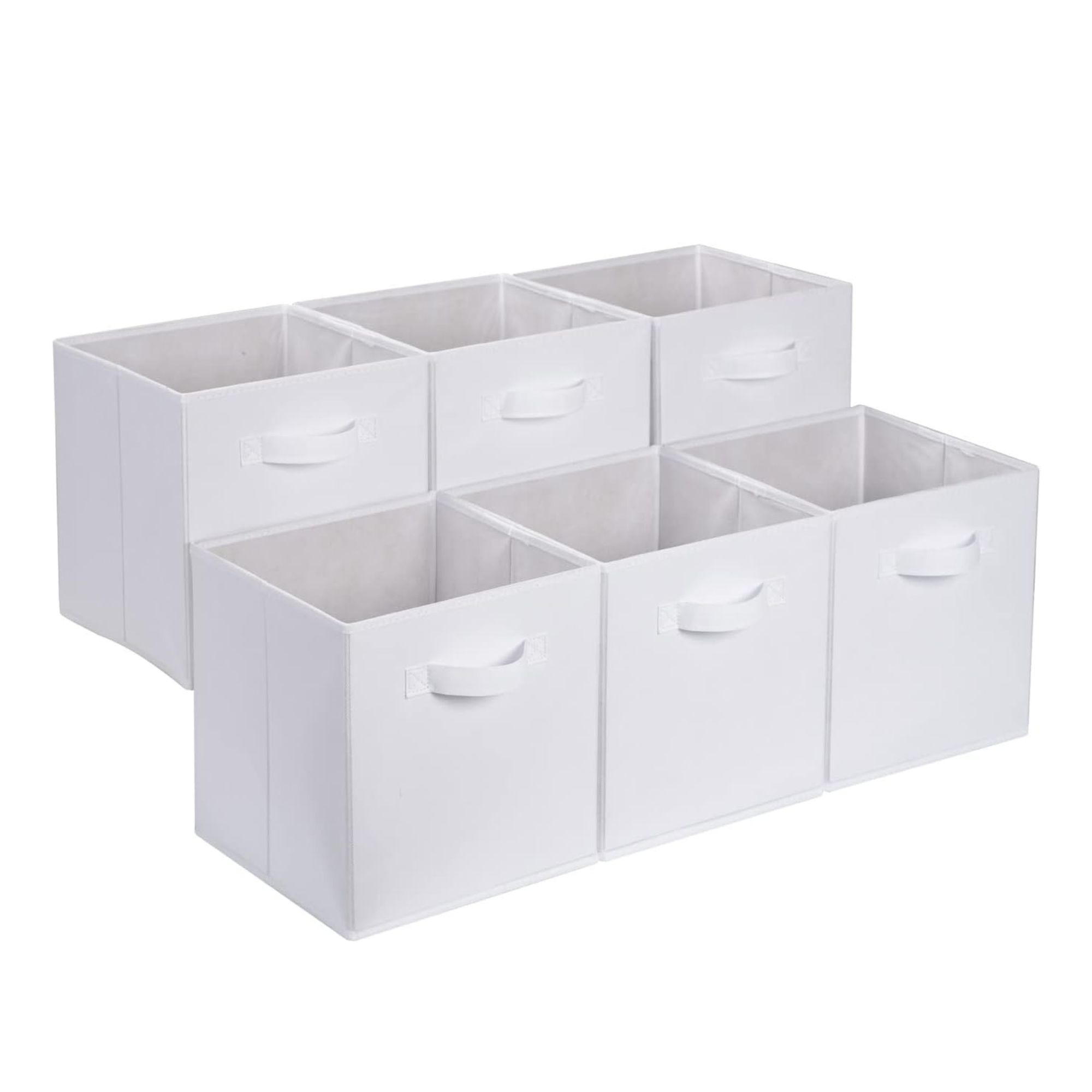
Whenever I'm decluttering, I use these cube organizers. I carry them around the house and then place items to donate or to throw away in them. Once I'm done, i just fold them away and tuck them in my storage closet.
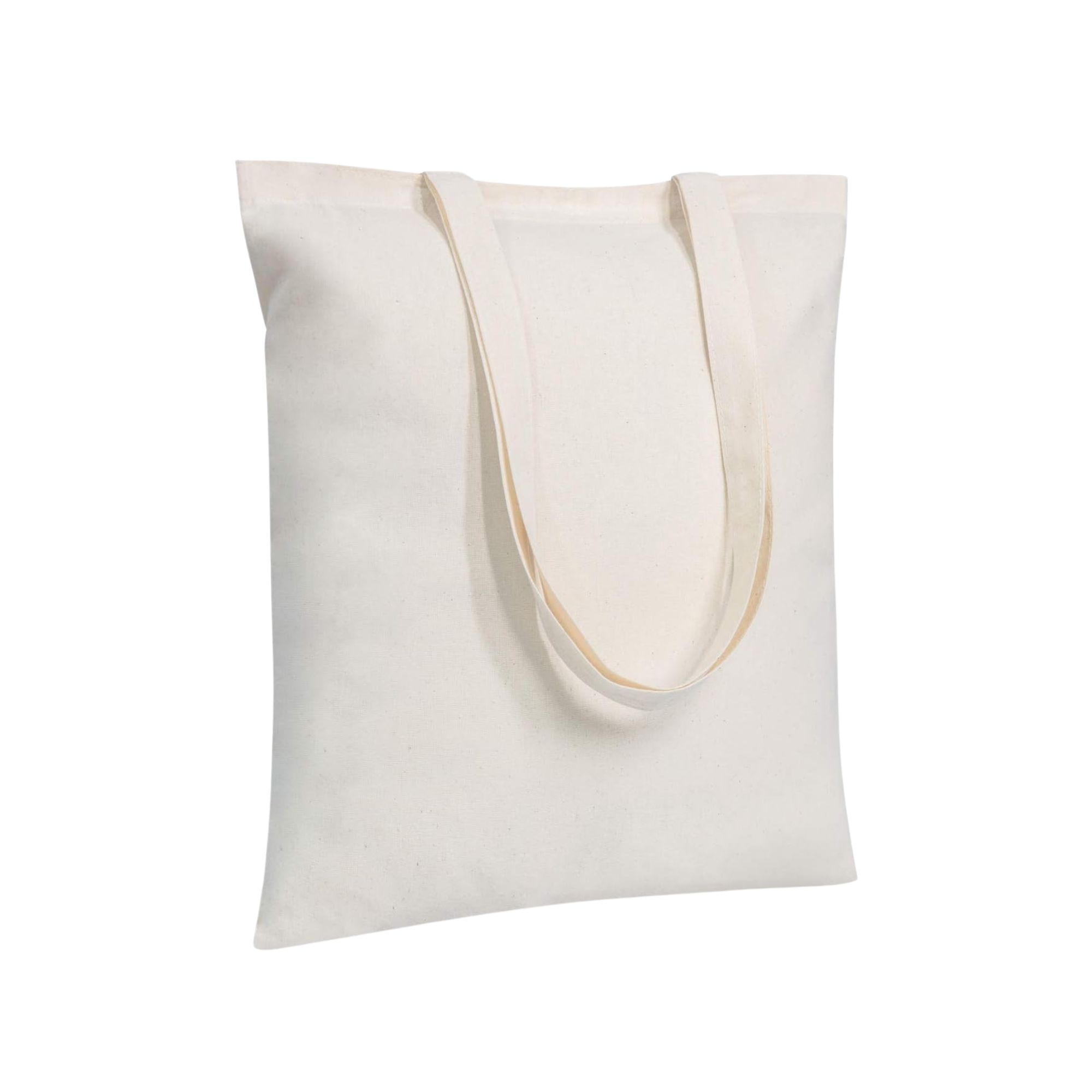
Once you've sorted out your clutter, you can place anything you want to donate in these reusable canvas bags. They will make it easy to transport items to your friends and family, as well as to charity stores.
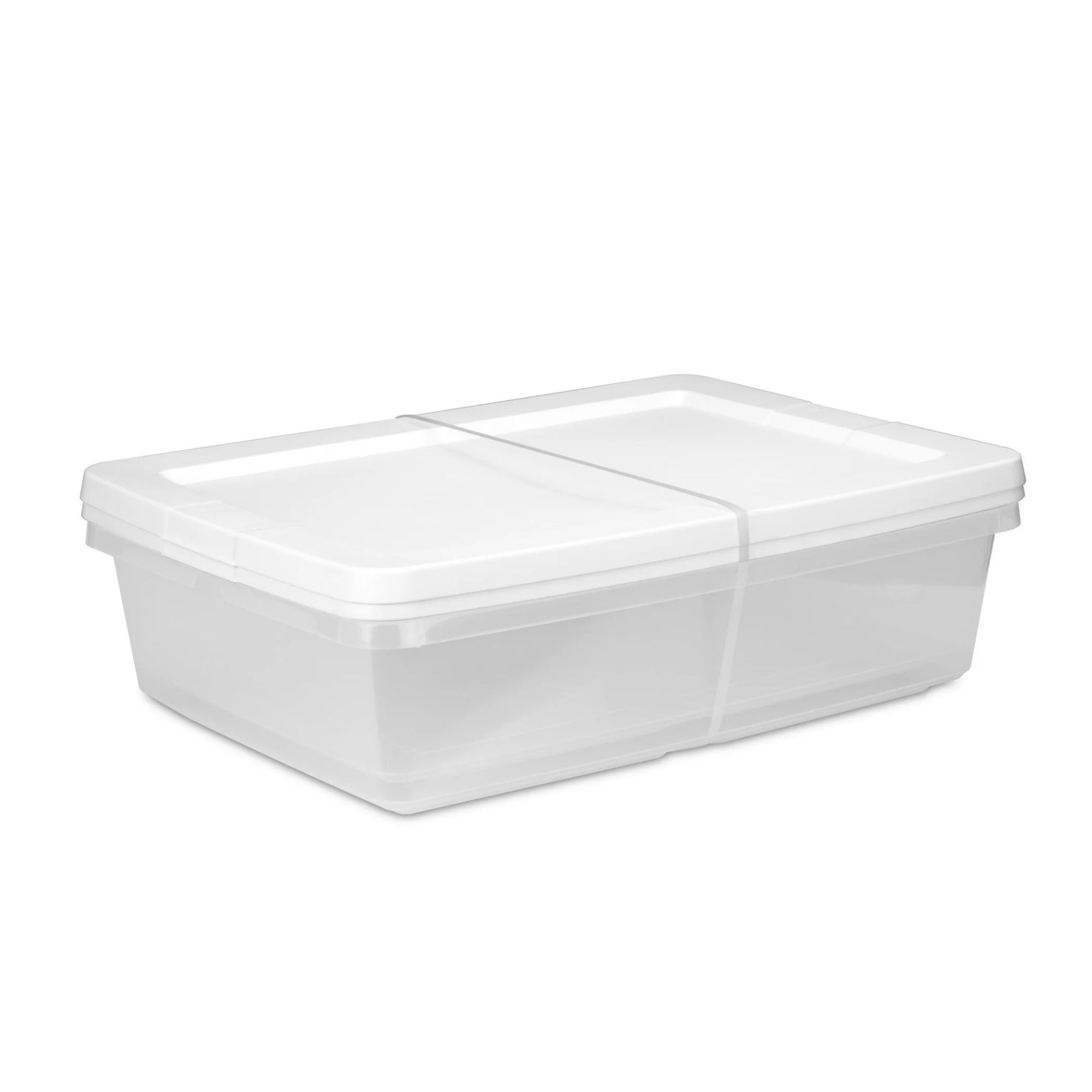
If you do have items that you don't want to throw away but don't want in plain sight, these storage boxes are spacious and strong. They're just the right shape for storing under your bed, desk, or the couch.
The 30/30 rule is a smart way to reduce overconsumption in the home. ‘It helps prevent duplicate purchases by maintaining clear visibility of current belongings and encourages timely donation of unused items while they're still useful to others,’ Cara finishes by saying.
It’s not the only decluttering trick that stops items from building up – the ‘didn’t know’ method and the ‘1-3-5’ method are also great for identifying unused items without feeling overwhelmed.
Sign up to the Homes & Gardens newsletter
Design expertise in your inbox – from inspiring decorating ideas and beautiful celebrity homes to practical gardening advice and shopping round-ups.

Eve is a freelance lifestyle editor and writer with over five years of experience working for digital and print titles. Previously she was a content editor at Real Homes. She has a keen eye for sophisticated style and is able to spot design trends before they go viral. As well as this, she loves solving pain points around the home. Alongside writing for Homes and Gardens, she's the founding editor of The Notts Edit and is a lecturer in journalism at Nottingham Trent University. When she’s not writing, you can find her decorating her rental with Scandi decor, tending to her houseplants, and growing vegetables in her garden.
You must confirm your public display name before commenting
Please logout and then login again, you will then be prompted to enter your display name.
-
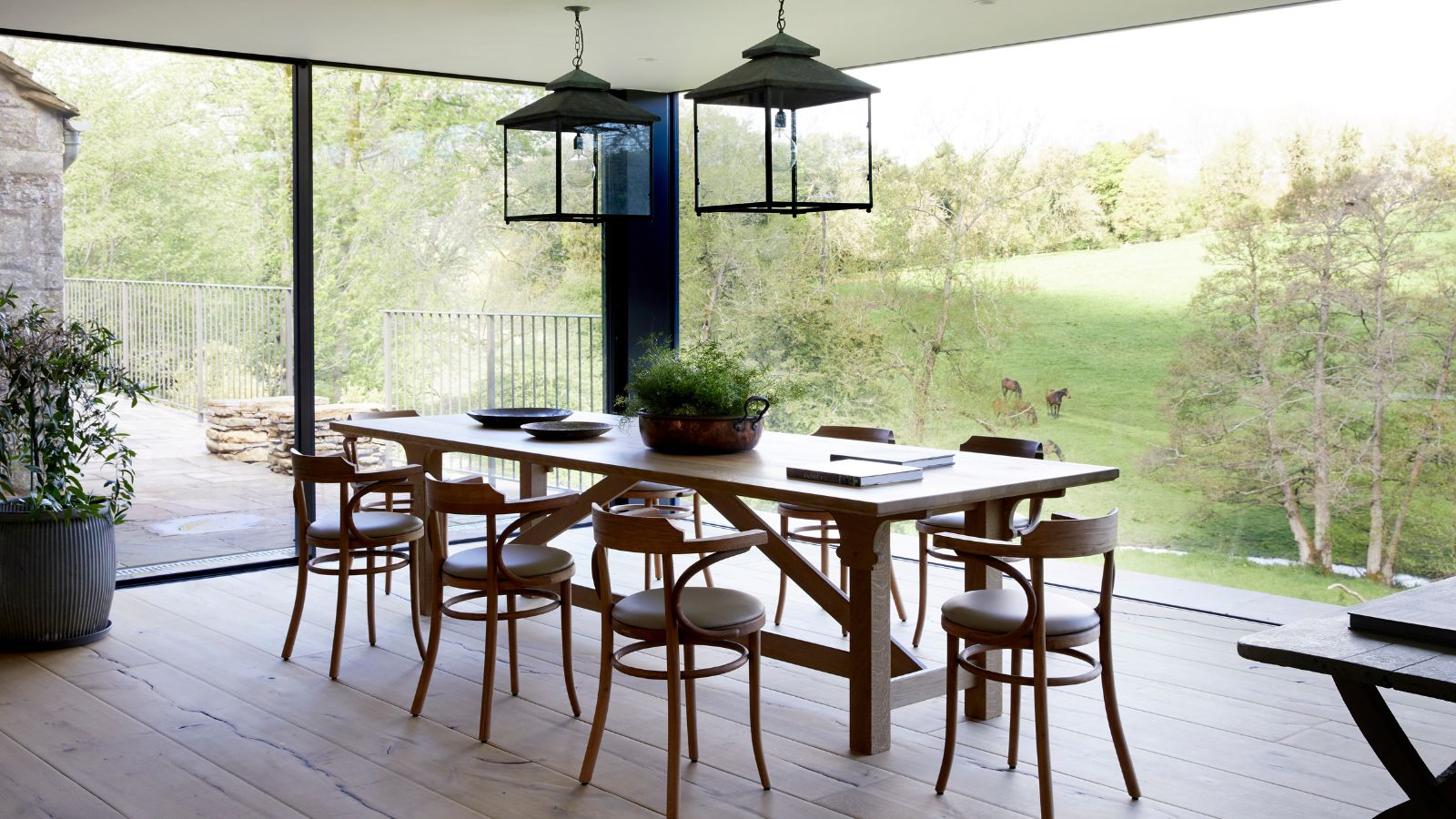 This is the single best upright vacuum we've ever tested – and it's on offer with $130 off at Shark for a limited time only
This is the single best upright vacuum we've ever tested – and it's on offer with $130 off at Shark for a limited time onlyYou won't want to miss this one
By Dan Fauzi
-
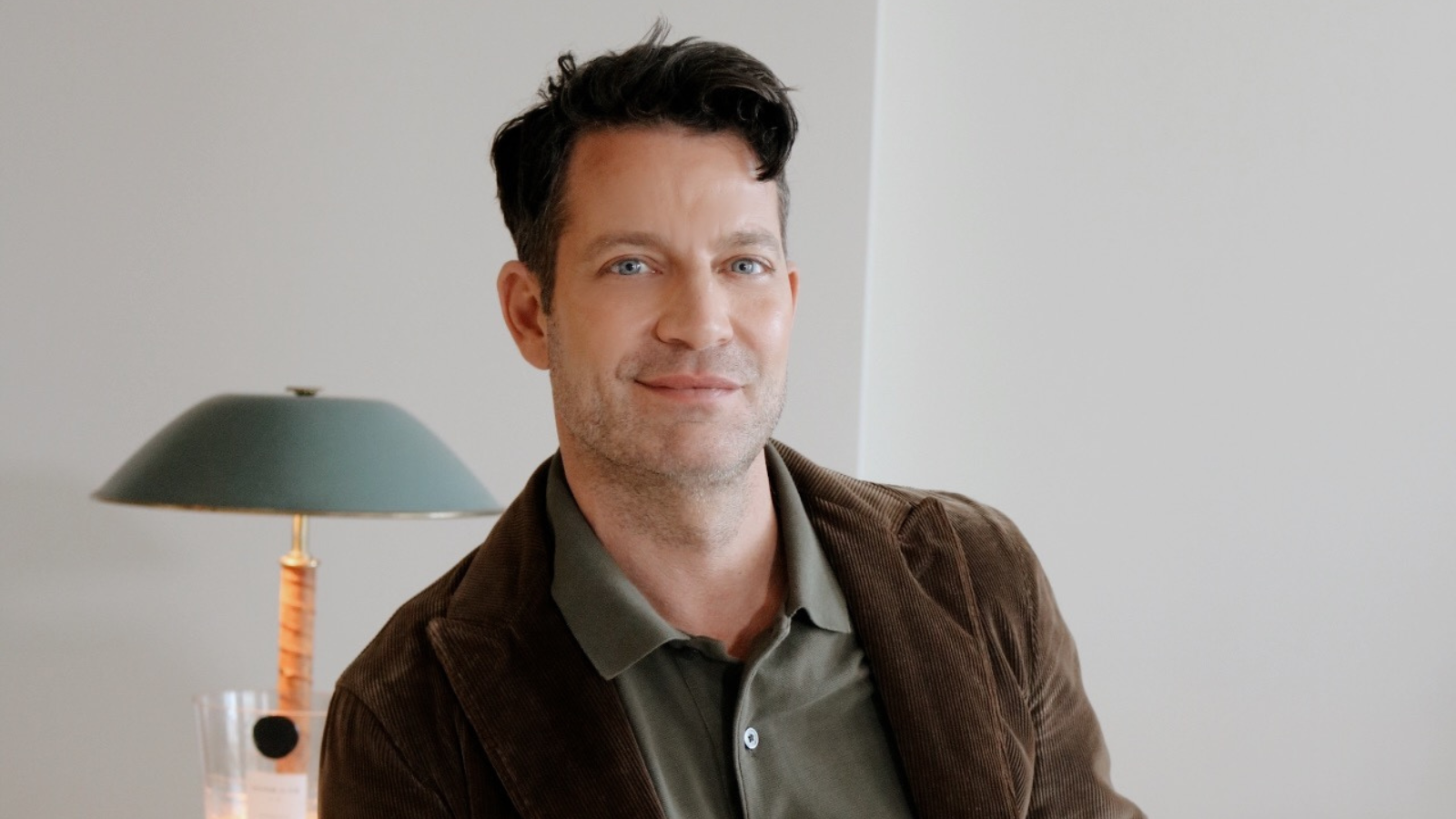 Nate Berkus says slipcovered sofas are back on trend – and I just found a way to create this designer-approved laid-back look from just $86
Nate Berkus says slipcovered sofas are back on trend – and I just found a way to create this designer-approved laid-back look from just $86This classic style is making a strong comeback, but did you know you don't have to buy a whole new couch to get this Nate-approved look?
By Eleanor Richardson